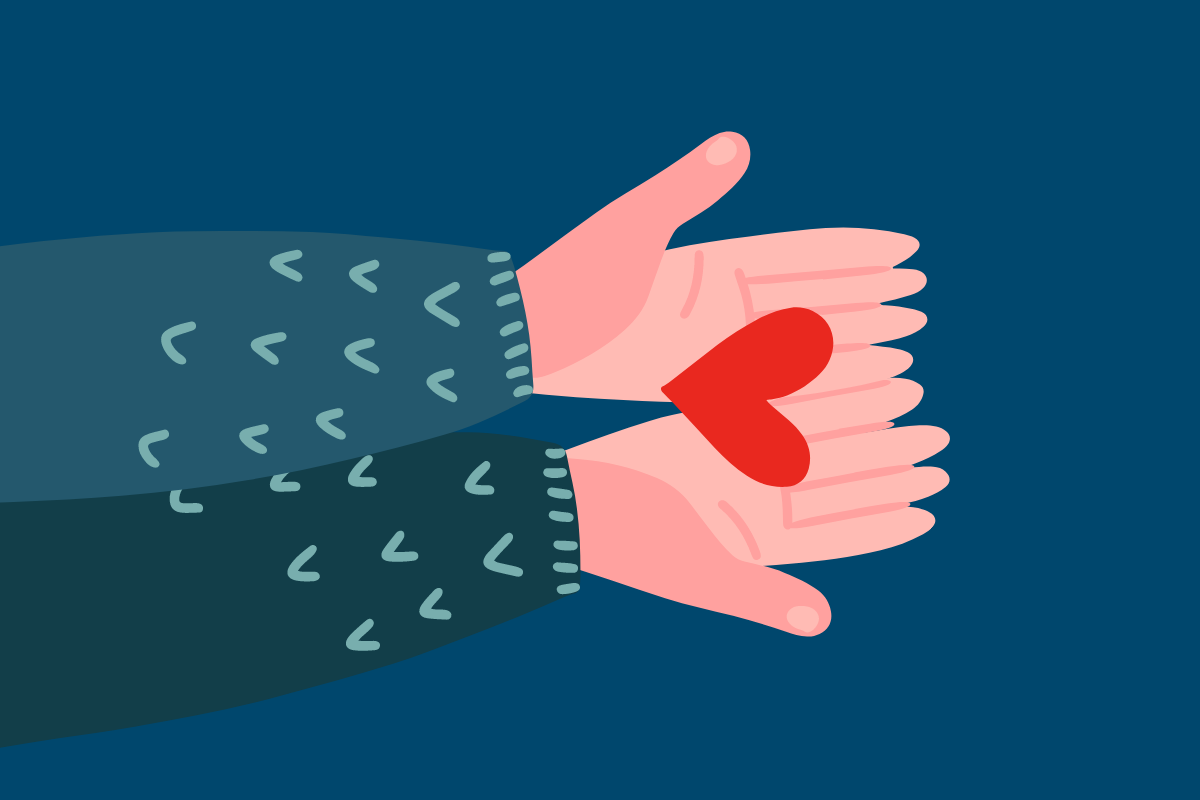All posts
How to Make a Domestic Violence Safety Plan
If you’re experiencing domestic and family violence or abuse, you might like to prepare a domestic violence safety plan to increase your safety and look after yourself. Including an escape plan in your domestic violence safety plan can help you act quickly in case you need to leave the environment in a hurry. We offer […]


If you’re experiencing domestic and family violence or abuse, you might like to prepare a domestic violence safety plan to increase your safety and look after yourself.
Including an escape plan in your domestic violence safety plan can help you act quickly in case you need to leave the environment in a hurry.
We offer some advice for making a domestic violence safety plan, and a checklist of what you might include in an emergency escape bag.
If you believe you or your children are in immediate danger, please call 000.
Creating a Domestic Violence Safety Plan
Everyone’s situation and needs are different, and your domestic violence safety plan should be updated if you move house or leave your relationship. But we hope this is a helpful guide when considering your domestic violence safety plan.
Tell someone you trust
It can be scary opening up to someone about what’s happening at home. But it’s important that someone knows about your situation so you have emotional and practical support and a potential witness.
If possible, you might even like to tell your neighbour/s. You don’t have to share all the details if you’re not comfortable. Simply tell them there’s been some trouble at home, and ask them to call the police on 000 if they hear violence or abuse.
Gather evidence
You might like to keep a record of the abuse in a diary. Include photos of injuries if possible. Having evidence of the abuse can help if you decide to press charges in the future.
Know the abuser’s triggers
It’s important to remember that there is never an excuse for any type of abuse. You’re not responsible for your abuser’s actions, and they alone are making the decision to use violence and abuse. With that being said, it can help to be aware of their triggers and what ‘sets them off’.
For example, if they tend to be more aggressive after a few drinks, try to avoid them and keep the kids in their room/s during this time.
Create an escape plan
It’s helpful to have a plan for what you’ll do, how you’ll do it, where you’ll go, who’s involved, and what you need to leave the environment – just in case. Think of it like a fire safety plan. It can even help to practise in your head how you’ll play out your escape plan should you need to.
Include an exit strategy such as walking the bins out to the street and continuing away from the home to your place of exit (e.g. friend’s house or the police station).
It can help to create your escape plan with a trusted loved one so they know what they need to do to help should the time come.
It’s important to remember that the period following leaving an abusive partner can be a dangerous time for a survivor of abuse. We offer advice to stay safe after leaving an abusive relationship in this blog post.
Escape Bag Checklist
These are some items you may like to have ready to take with you if you’re planning to leave an unsafe relationship or environment.
If you don’t feel safe keeping your emergency escape bag in your home, ask a neighbour or loved one to hold onto it for you.
- Cash
- Spare keys
- Phone charger
- Basic clothing for you and your children
- Essential toiletries (e.g. toothpaste, toothbrush, sanitary items)
- Medications and prescriptions
- Passport and licence (or copies)
- Contact numbers (e.g. friends, family, support services, legal services, taxi service)
- Copies of important documents (e.g. birth certificates, healthcare cards, mortgage documents).
If you need support making a safety plan or escape bag checklist, contact Relationships Australia QLD on 1300 364 277.
Support for Domestic Violence
If you or someone you know is living with domestic and family violence, help is available.
You can call us on 1300 364 277 for guidance finding the right support for you, or learn about our Domestic and Family Violence Prevention service here.
Other support services
1800RESPECT: 1800 737 732
DVConnect Womensline: 1800 811 811
DVConnect Mensline: 1800 600 636
Sexual Assault Helpline: 1800 010 120
Kids Help Line: 1800 55 1800
Lifeline: 13 11 14
If you believe you or your children are in immediate danger, please call 000.
Back to all posts